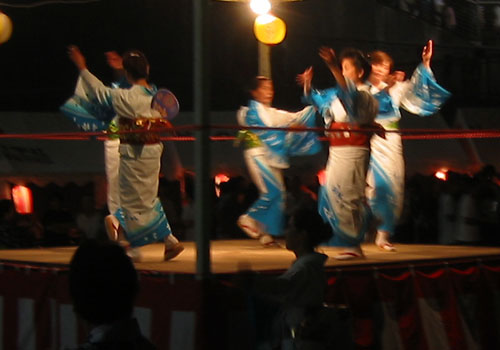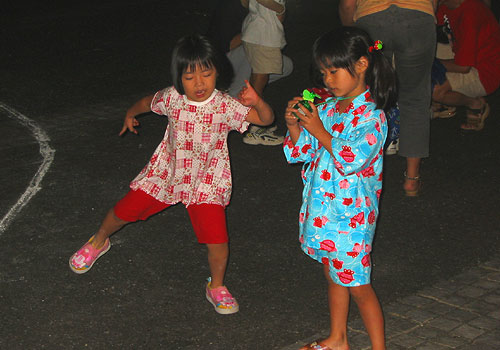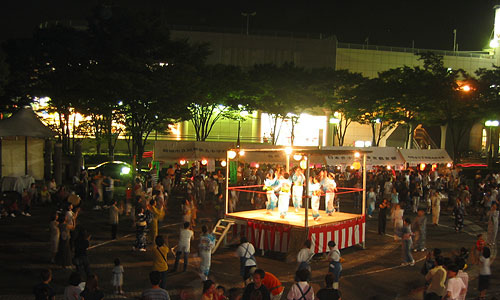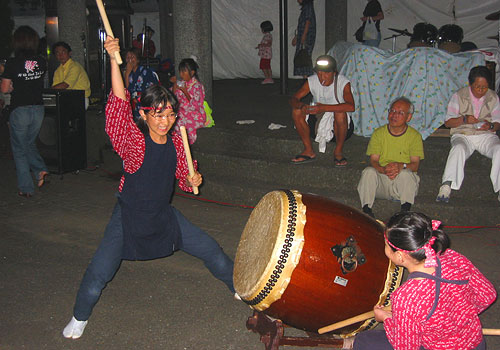Crossing the Chuo
One of the many places I’ve lived in Tokyo was Koganei, for two and a half years. I lived in Higashi-Koganei, near Asia University. I used to ride my bicycle in the area quite a bit, in particular to a Home Center (a kind of store, like a cross between Home Depot and Walmart; not as big, but big for Japan) on the south side of the tracks. So I know what it’s like to cross the Chuo Line–and yet, from the news I see, it is now even harder than ever before. More on that below; first, a bit of background.
Crossing the Chuo was always a chore. First of all, trains in Japan are much more widely used, so there are a lot more of them. Back home in the Bay Area, a train crosses an intersection every thirty minutes to an hour. Here in Tokyo, it’s once every few minutes on the busier lines. Second, the barriers at railroad crossings in Japan go down long before they would in the U.S., sometimes almost a minute before the train comes. And if the crossing is next to a train station, just forget about it; even though the approaching train will stop at the station before it crosses the intersection, the barriers go down just as soon–so people at the intersection have to wait not only the one minute for the train to get to the station, but also the time it takes for people to get off and on the train, then for the train to start up again–and finally cross the intersection.
To make things even worse, there are times when the trains from either direction are staggered–you wait a few minutes for a train one way to get through, then just as it passes, the lights indicating a train is coming from the other direction light up. Then just as that train passes through, an express train from the first direction lights up that way again. Choose the right intersection close enough to a station, and you can get caught like that for what seems to be an endless time. My own record for that is waiting for five trains to pass, each one on the heels of the other. That’s not counting the one time when there was a slowdown due to an accident, with trains lined up behind each other; the trains were so close and so slow, the barriers stayed down for more than half an hour (in the rain, of course). Finally, everyone at the intersection just got fed up, lifted the barrier and went through when it was clearly safe to do so.
But now, things are worse. JR East, the railway company that runs the line, has begun construction on an elevated line for the Chuo. The plan to get the work done involves laying extra tracks beside the original ones, thus widening the railroad crossing. This requires more warning time before each train comes, which has been causing great traffic jams. The elevated line, ironically, is intended to relieve traffic congestion caused by the difficult crossings. I guess it has to get a lot worse before it can get a lot better.
I first noticed this trouble when flipping through channels, and saw one station at a railroad crossing, showing how ridiculously wide it had become–taking even some young people more than 20 seconds to cross, impossibly long for some elderly people. I didn’t note at the time where it was, but then I started seeing it on the news more and more, and so started paying attention.

The crossing most in question is the one on Koganei Boulevard (Kaido), next to the busy Musashi-Koganei Station. The crossing is usually 56 feet (17 meters) wide, but due to the construction, it has been widened to about 120 feet! that’s 35.7 meters. kind of hard to believe, but you understand when you see it. It’s wide. Vehicles have become trapped in there, causing crossing guards, always on duty, to signal the emergency stop for approaching trains. The same guards are constantly having to hold up the barriers for the later pedestrians to get through. Elderly people, frightened into moving faster than they should, often trip and fall.
It’s worse if you’re waiting to cross. As mentioned before, back-to-back train passes make for long waits, and the widening of the tracks makes them even longer. The TV show I saw tonight clocked one wait at an entire hour before the barriers came up. Drivers just give up and go elsewhere.
Pedestrians don’t have that option, so Musashi-Koganei Station has started issuing special passes to people so they can enter the station, walk to the far end of the platform, use the stairs to cross the tracks, come down the length of the opposing platform, and then depart the station on the other side. At other stations, people are lucky enough to have pedestrian overpasses (still a major pain to bike riders), or even better, elevators up to the overpasses.
I’m just glad I don’t live in Koganei these days… I hope they finish the elevated tracks as soon as possible–but JR East is saying that it will take six months just to install temporary devices, such as approaching train sensors so the gates don’t go down so early. Lord knows when the work on the tracks will be done; years away, no doubt. The entire project, in four parts, is due to be completed in 2011.

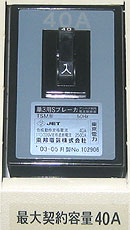 It is nice not to have the lights go out like they used to. No, I’m not talking about living in California or New York, but rather here in Tokyo, where power outages are very rare indeed. Instead, I’m referring to the low amperage allotted to apartments in Tokyo, and how my breakers used to trip all the time.
It is nice not to have the lights go out like they used to. No, I’m not talking about living in California or New York, but rather here in Tokyo, where power outages are very rare indeed. Instead, I’m referring to the low amperage allotted to apartments in Tokyo, and how my breakers used to trip all the time.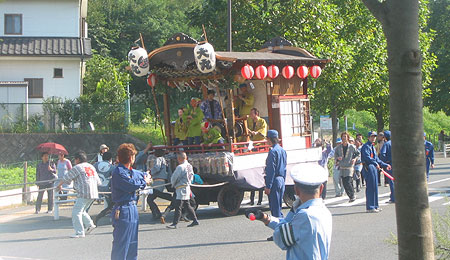
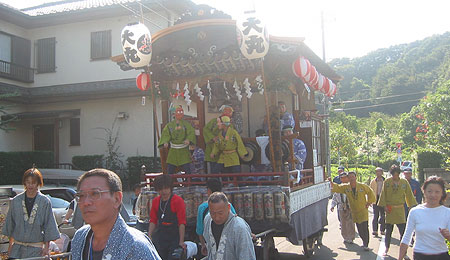
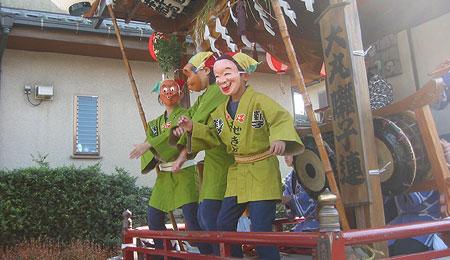
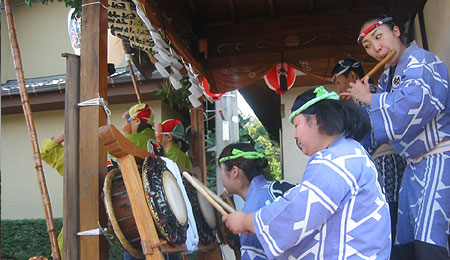
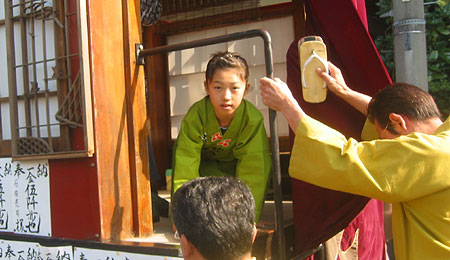


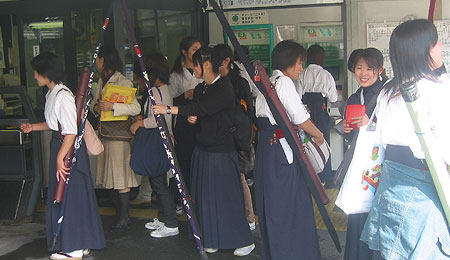

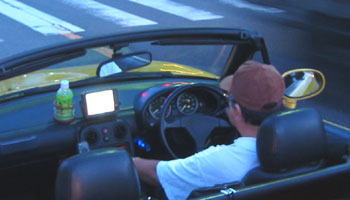
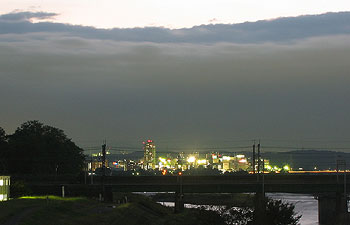

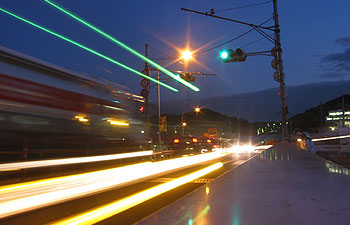
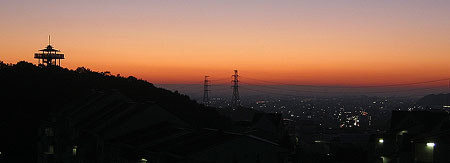
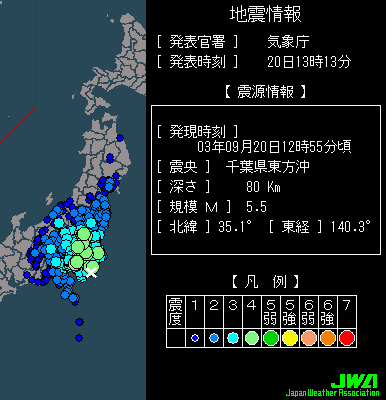
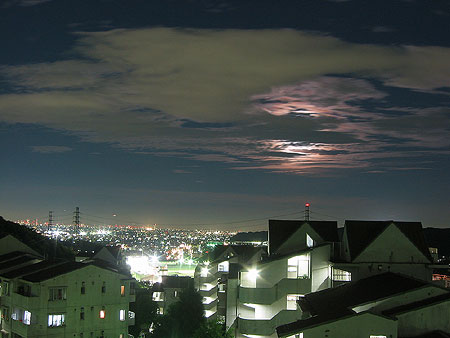
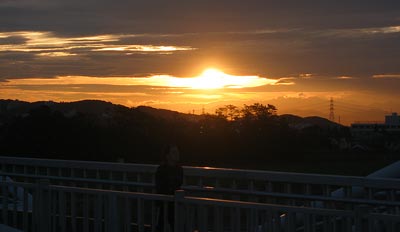
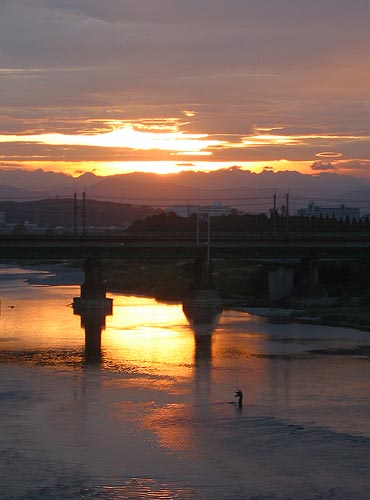
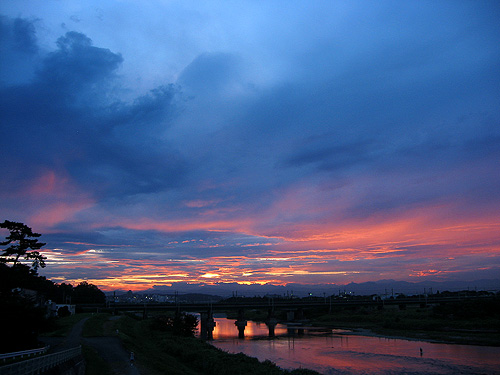
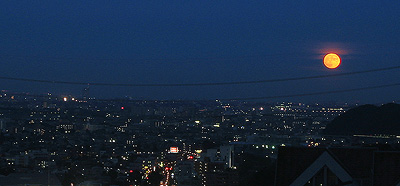


 Check out the trailer for the new movie
Check out the trailer for the new movie 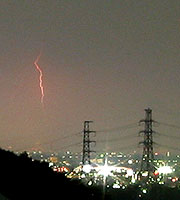
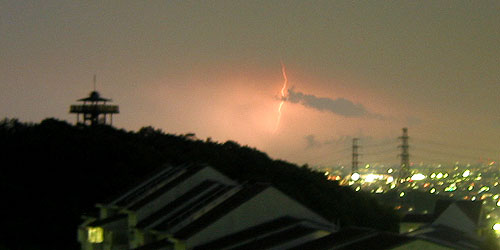
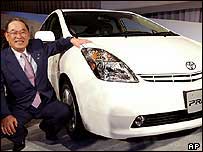 Toyota just released a new car, it’s environment-friendly Prius (which I have heard good things about), this time with 10% better gas mileage than the last model, and with an interesting new feature: it
Toyota just released a new car, it’s environment-friendly Prius (which I have heard good things about), this time with 10% better gas mileage than the last model, and with an interesting new feature: it  Toyota has sold about 120,000 of the Prius model, and expects to sell another 74,000 next year.
Toyota has sold about 120,000 of the Prius model, and expects to sell another 74,000 next year.